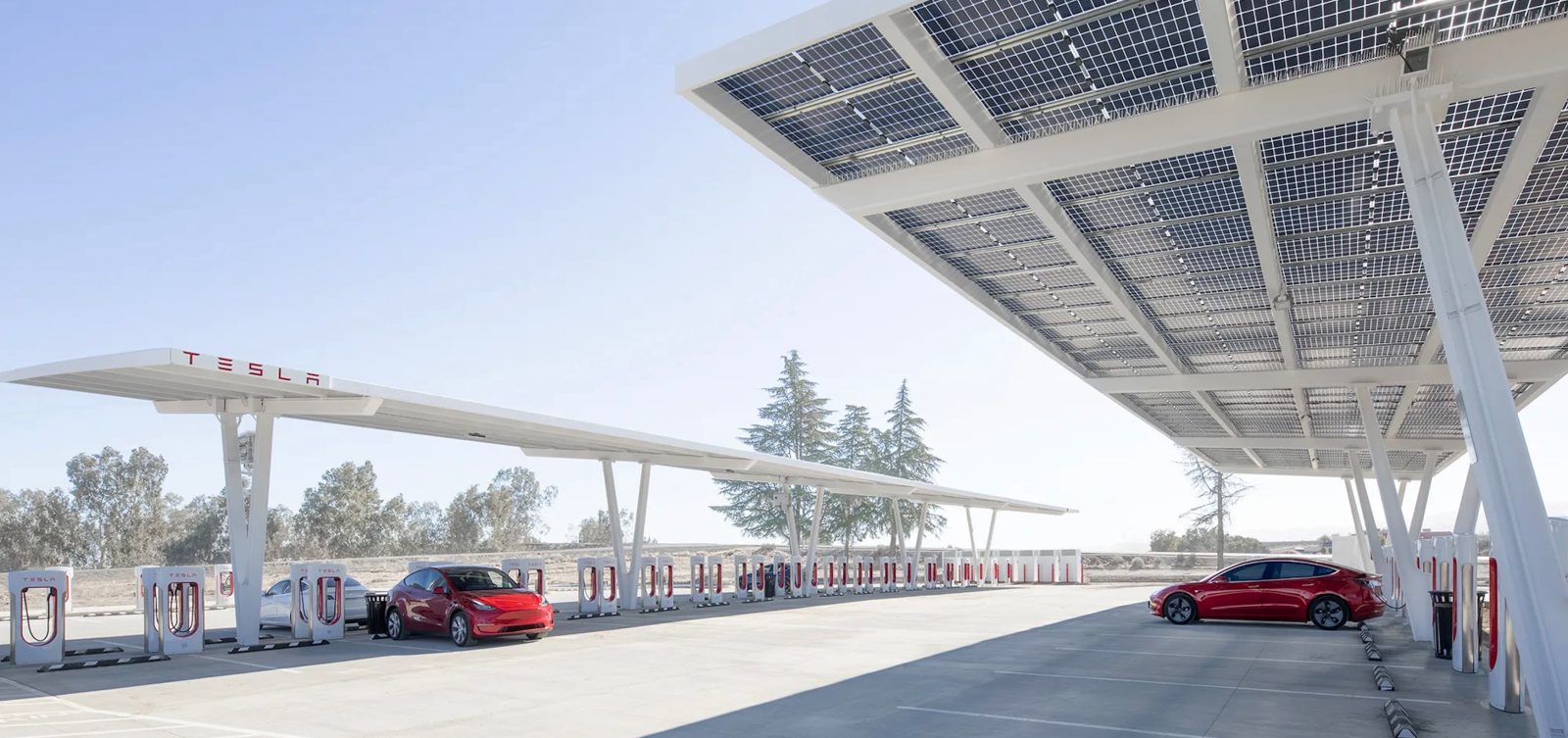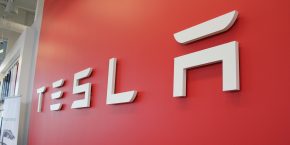
Analysts are trying to estimate the value of Tesla’s Supercharger network as the NACS connector becomes the North American standard and could widen Tesla’s charging lead.
One of the top Tesla analysts believes it could be worth more than $100 billion.
The Supercharger network is the only global EV fast-charging network, and in North America, it is by far the most extensive and reliable.
Initially, Tesla meant it as a service to its owners and didn’t want to make it a profit center, but the automaker assumed that a more robust EV charging industry would emerge.
In North America, it hasn’t really been the case.
That’s why automakers like GM and Ford are now announcing that they are adopting Tesla’s NACS connector in order to give their EV buyers access to the Tesla Supercharger network.
It could lead to Tesla owning a large part of the EV charging business, especially in North America.
Morgan Stanley’s Adam Jonas, one of the top Tesla analysts, tried to estimate what kind of value this charging business could add to Tesla.
Jonas and his team believe that long term, Tesla could produce and store its own solar electricity to power its Superchargers. Based on that assumption, they built a few scenarios using various estimated percentages of US miles driven with electric vehicles in 2030, Supercharger market shares powering those miles driven, an average efficiency of 4 miles per kWh, and a revenue of $0.32 per kWh.
They ran these scenarios through valuation at 20X FY30 net operating profit after tax discounted at a 9.0% weighted average cost of capital.
Here are the different valuations for Tesla’s Supercharger network based on those numbers (via Seeking Alpha):
- The Morgan Stanley “reasonable case” assumes 10% EV miles penetration, 50% Tesla share of Supercharging and 30% net operating profit after tax margin to lead to a potential net present value of $3 per share for the business.
- The Morgan Stanley “plausible case” assumes 20% EV miles penetration, 70% Tesla share of Supercharging, and 50% NOPAT margin to lead to a potential net present value of $14 per share.
- The Morgan Stanley “dominant case” assumes 30% EV miles penetration, 80% Tesla share of Supercharging, and 70% NOPAT margin to lead to a potential net present value of $33 per share.
- The Morgan Stanley “monopoly case” assumes 50% EV miles penetration, 100% Tesla share of Supercharging, and 80% NOPAT margin to lead to a potential net present value of $78 per share.
With over 3 billion shares outstanding, it would value the Supercharger network at over $100 million at a price per share of $33.
Electrek’s Take
Top comment by A98u723
This brings to mind the adage in economics that all models are wrong, but some are useful.
What makes this analysis so challenging is the question of legacy gas station conversion. Now that NACS is becoming the standard, with Ford and GM on board, that clarity will accelerate adoption by legacy gas. That, in turn, will likely put competitive pressure on all players, both for low cost hardware and low cost power. The major question: will big oil jump in the game with generation (God I hope not), will it be solar/storage, or will utilities win the legislative battle and be the provider? Will it be some combo? Likely.
Not saying this won't be immensely valuable for Tesla - it will. I'm just not sure this model accounts for 'new' players and the deep pockets that fund them, and not sure the assumptions are realistic though they are reasonable as far as they go.
There is some value to this analysis, but I also think that people have to be careful when thinking about Supercharger market shares.
I think that it’s not impossible for Tesla Supercharger to end up with a very large, likely majority, market share in the DC fast-charging industry.
However, it’s important to note that the DC fast-charging industry would be a minority of the overall EV charging as level 2 charging, especially at home and work, should continue to account for the majority of EV charging.
That said, I can see Tesla soon delivering several hundred gigawatt-hours of charging through Superchargers every month, and that’s undoubtedly a multibillion-dollar business.
FTC: We use income earning auto affiliate links. More.




Comments